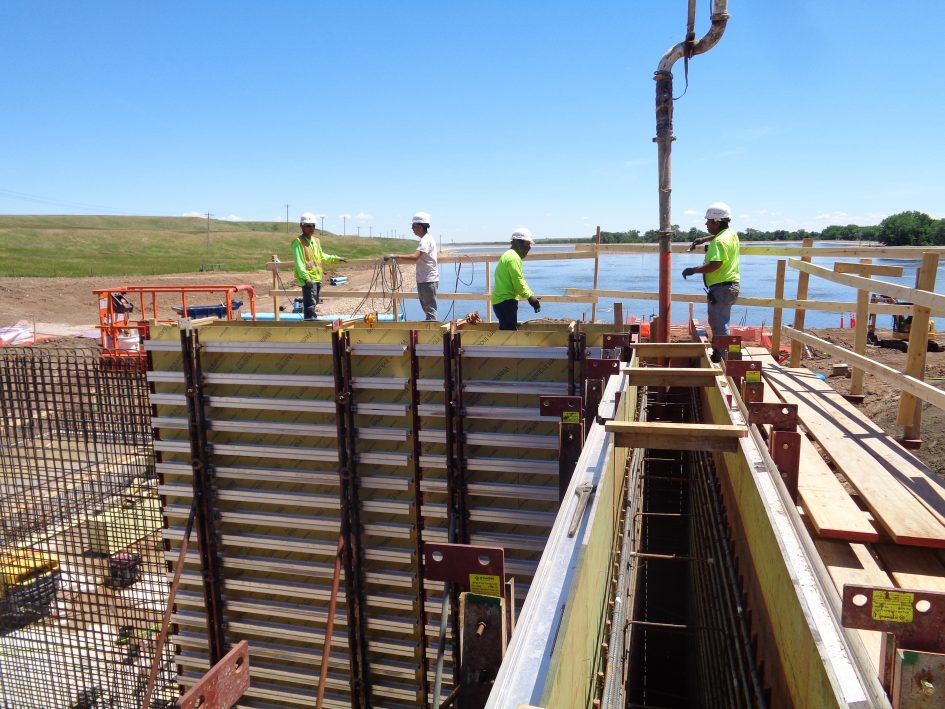A South Dakota town known for its annual motorcycle rally is now getting attention for its innovative water resource recovery facility (WRRF) design. Sturgis is the first city in South Dakota to use membrane bioreactor (MBR) treatment technology in its new WRRF. MBR combines microfiltration membranes with an activated sludge biological wastewater treatment process.
“The MBR system was recommended because of its ability to meet current and future regulatory limits. The footprint of the facility needed to be compact to meet site constraints. MBR isn’t a new technology, but it’s new to the City of Sturgis, which has been a great partner as we looked at the best options to meet not only the short terms needs of the City 20-plus years into the future,” says Dustin Dale, AE2S Operations Manager.
The City of Sturgis had been operating wastewater stabilization ponds (WWSP), originally built in 1963 and updated in 1995. In 2014 and 2015, emergency discharges were necessary because the WWSP reached its capacity. City leaders realized the future growth of Sturgis would be hampered by the inadequate treatment capacity of the WWSP. In addition, the technical capabilities of the ponds, or lack thereof, did not meet the strict cold water fishery regulatory requirements. The City of Sturgis hired AE2S to help with the development and design of the new WRRF.
The Sturgis WRRF is also one of the first South Dakota wastewater projects to utilize the Construction Manager At Risk (CMAR) project delivery method. The team of PKG/Scull Construction were selected as the Construction Manager for the project.
The current population of Sturgis is approximately 6,900 people with projections that it will grow to more than 8,300 by 2035. Thankfully, the new MBR WRRF has the capacity to handle the City’s future growth.

